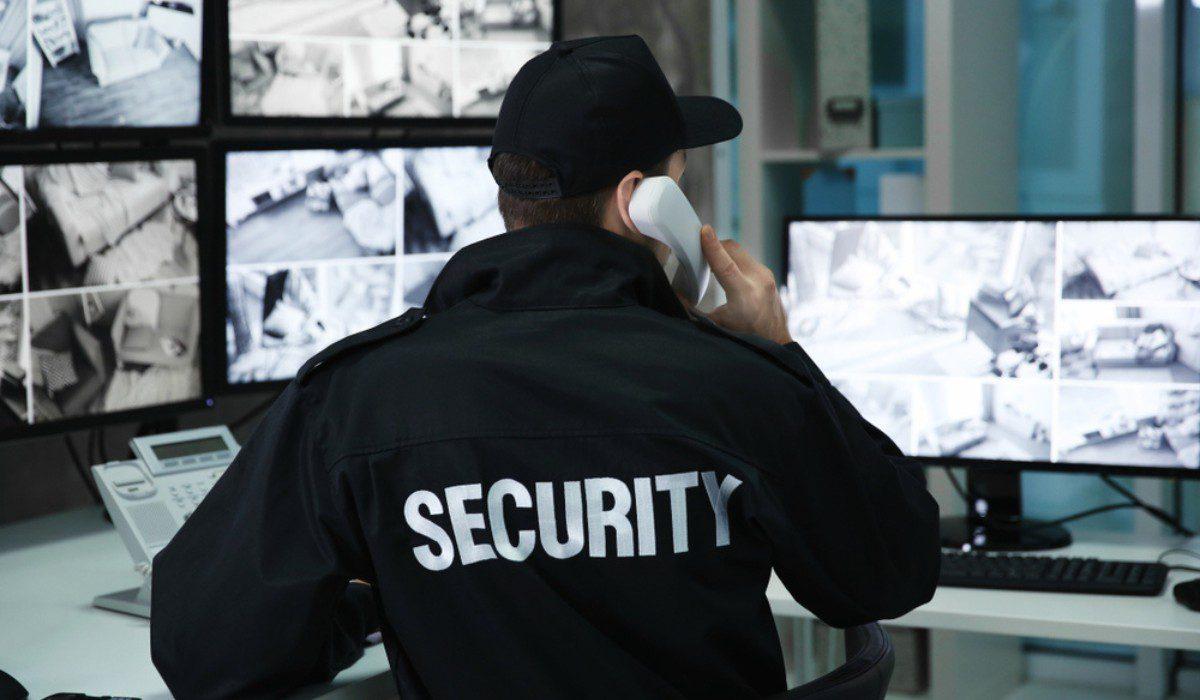Enhancing Public Safety: The Importance of Comprehensive Law Enforcement Training

Introduction
Law enforcement officers serve as the frontline protectors of public safety and order. Their duties are diverse, ranging from enforcing laws and responding to emergencies, to engaging with communities and managing crises. In an era of heightened public scrutiny and rapidly evolving threats, the significance of proper Law Enforcement Training cannot be overstated. Comprehensive, modern, and ethically sound training programs are vital not only for officer safety but also for ensuring justice, building community trust, and upholding democratic values.
The Core Components of Law Enforcement Training
Modern law enforcement training programs are multifaceted, designed to equip officers with a wide array of skills. These include:
1. Legal and Ethical Instruction
Officers must understand constitutional rights, criminal law, and use-of-force policies. Training in this area ensures they make lawful decisions and act within the boundaries of their authority. Ethical scenarios are often included to prepare officers for real-world dilemmas that require moral judgment.
2. Physical Training
Law enforcement is a physically demanding profession. Training includes fitness routines, self-defense tactics, and firearms proficiency. Officers are also trained in safe arrest techniques and de-escalation strategies to minimize the need for physical confrontation.
3. Crisis Intervention and De-escalation
With increased awareness of mental health issues, officers are trained in crisis intervention techniques. This includes recognizing signs of mental illness, communicating calmly, and resolving situations without force whenever possible. Programs like CIT (Crisis Intervention Team) training are growing in popularity for their effectiveness.
4. Cultural Competency and Bias Awareness
Bias—whether implicit or explicit—can erode public trust. Cultural competency training helps officers understand the communities they serve and mitigate the impact of bias. This includes education on racial, religious, and socio-economic diversity and training on how to interact fairly and respectfully with all individuals.
5. Communication and Interpersonal Skills
Officers must be able to communicate clearly and confidently under pressure. Training focuses on conflict resolution, negotiation, and active listening—skills crucial for diffusing volatile situations and engaging with community members respectfully.
The Role of Technology in Training
The integration of technology has significantly enhanced the effectiveness of law enforcement training. Virtual reality (VR) simulators, for instance, allow trainees to experience lifelike scenarios—ranging from traffic stops to active shooter situations—in a controlled, safe environment. Body cam footage is also used for training purposes, helping officers learn from both exemplary and flawed encounters.
Continuous Education and Scenario-Based Training
Initial police academy training is only the beginning. Ongoing education is critical in a landscape shaped by evolving laws, technologies, and social dynamics. Scenario-based training, often conducted through role-playing or simulations, allows officers to practice decision-making in complex, high-pressure situations.
This form of training helps refine judgment, reinforce procedural knowledge, and prepare officers for uncommon but dangerous scenarios. Realism in training ensures better preparedness in actual events, thereby reducing errors and enhancing public safety.
Challenges in Law Enforcement Training
Despite its importance, law enforcement training faces several challenges:
-
Budget Constraints: Many departments struggle with underfunding, which limits access to quality training programs and technologies.
-
Inconsistencies Across Jurisdictions: Training standards vary widely between states and municipalities, leading to disparities in officer readiness.
-
Resistance to Change: Some agencies face cultural resistance when implementing reforms, especially those addressing bias or use-of-force policies.
-
Time Constraints: Continuous training can be difficult to schedule without disrupting essential public safety duties.
Building Community Trust Through Training
Proper training has a direct impact on community relations. Well-trained officers are more likely to act fairly, communicate effectively, and avoid unnecessary use of force. Community-oriented policing strategies, taught in many training programs, encourage officers to build positive relationships with the people they serve. This proactive approach fosters trust, cooperation, and a shared commitment to public safety.
Conclusion
Law enforcement training is the cornerstone of effective, ethical, and community-focused policing. In a world of increasing complexity, officers must be equipped not only with tactical skills but also with empathy, cultural awareness, and sound judgment. Investment in comprehensive, standardized, and continually evolving training is essential—not only for the safety of officers but for the well-being of the communities they serve. Strengthening training practices today paves the way for a more just and secure society tomorrow.
- Marketing & Social Media
- AI & Digital Tools
- Science & Innovation
- Business & Finance
- Education & Learning
- Technology & Gadgets
- Family & Relationships
- Parenting & Kids
- Fashion & Beauty
- Travel & Culture
- News & Politics
- Startseite
- Literature
- Music
- Networking
- Andere
- Party
- Religion
- Shopping
- Sports
- Theater
- Wellness
- Art
- Causes
- Crafts
- Dance
- Drinks
- Film
- Fitness
- Food
- Gardening
- Health
- Spiele



